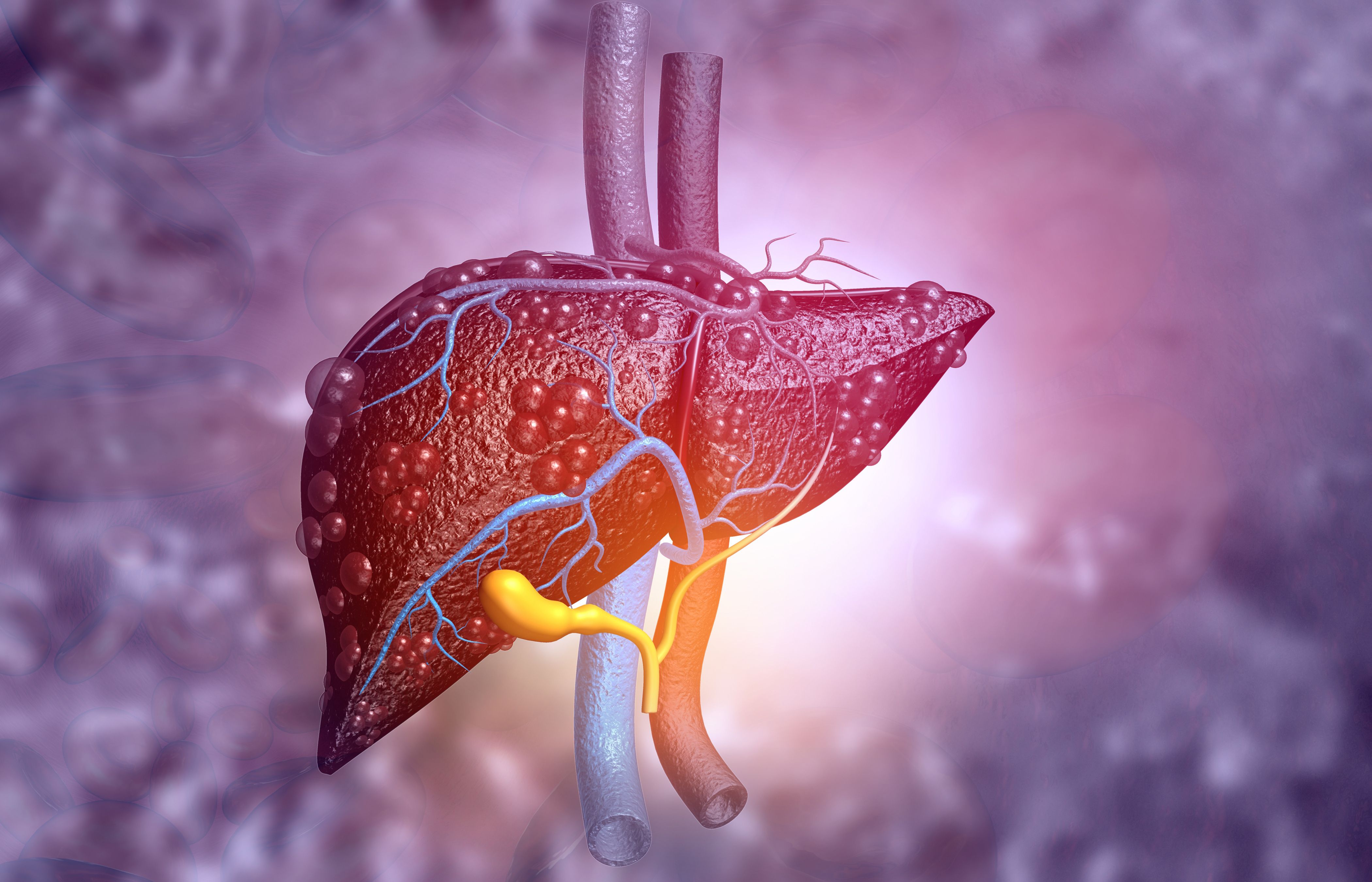Nano-X’s AI-Imaging Software Receives FDA Clearance
The U.S. Food and Drug Administration (FDA) approved Nano-X Imaging’s its HealthFLD AI software for use in general population (1). HealthFLD, which was developed by the company’s subsidiary, Nano-X AI, is designed to provide quantitative and qualitative analysis of liver attenuation from non-contrast and contrast chest and abdomen CT scans in patients between 18–75 years of age (1). The software was created to assist clinicians in detecting fatty liver correlated with hepatic steatosis. The goal that this software is designed to accomplish is to expedite the detection process of metabolic dysfunction-associated steatotic liver disease (MASLD) (1).
MASLD is a disease that impacts thousands of people. It is a metabolic disease associated with common symptoms and afflictions such as type 2 diabetes, cardiovascular disease, and obesity. According to the press release, 24% of U.S. adults are living with MASLD, and are therefore at risk of developing more serious liver complications such as cirrhosis (2).
3d illustration of Abstract medical background with Diseased liver | Image Credit: © Rasi - stock.adobe.com

While AI in medical imaging has been useful for clinicians to automate tasks, its use in assessing liver attenuation of fatty liver has encountered several challenges. Clinicians have had difficulty using AI applications to assess liver attenuation on contrast-enhanced scans (3).
Frez Meltzer, CEO of Nanox, cited HealthFLD as a solution to the limitations previous AI technologies had.
“We believe that AI innovative solutions, and specifically HealthFLD, may deliver substantial advantages to the biopharmaceutical industry to streamline the identification of candidates for clinical trials of much-needed therapies for liver diseases including MASH. This regulatory decision solidifies our leadership as a developer of automated AI software medical devices,” said Meltzer (1).
In a study published in the American Journal of Roentgenology (AJR), the HealthFLD AI software demonstrated high performance in detecting hepatic steatosis in contrast-enhanced CT scans, with a sensitivity of 77.8% and specificity of 93.2% at less than 80 HU (3). According to the press release, the study offers a look at how integrating HealthFLD with widely used standard CT scans gives clinicians an efficient way to screen for liver steatosis and possible signs of MASLD on a population level (1).
References
(1) Nano-X Imaging Ltd. Nanox Receives FDA Clearance for HealthFLD, an Advanced AI-Based Software Empowering Clinicians in Assessment of Fatty Liver. Global Newswire. Available at: https://www.globenewswire.com/news-release/2024/02/13/2828223/0/en/Nanox-Receives-FDA-Clearance-for-HealthFLD-an-Advanced-AI-Based-Software-Empowering-Clinicians-in-Assessment-of-Fatty-Liver.html (accessed February 13, 2024).
(2) Younossi, Z.M.; Koenig, A.B.; Abdelatif, D.; Fazel, Y.; Henry, L.; Wymer, M. Global epidemiology of nonalcoholic fatty liver disease—meta-analytic assessment of prevalence, incidence, and outcomes. Hepatology 2016, 64 (1), 73–84. DOI: 10.1002/hep.28431
(3) Pickhardt, P.J.; Blake, G.M.; Kimmel, Y.; et al. Detection of Moderate Hepatic Steatosis on Portal Venous Phase Contrast-Enhanced CT: Evaluation Using an Automated Artificial Intelligence Tool. Amer. Jour Roentgen 2023, 221 (6), 748–758.